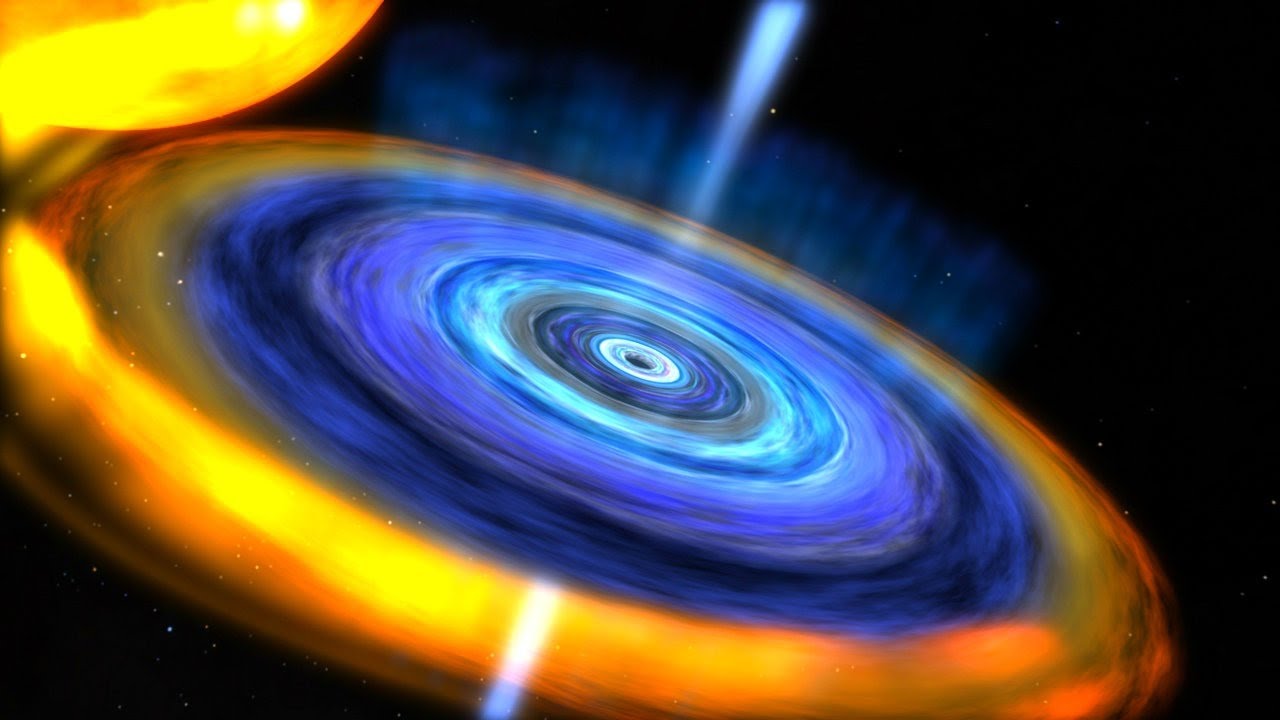
February 2017 Sky
- Posted by OCastronomy
- On January 31, 2017
- 0 Comments
- Aldebaran, Annular Solar Eclipse, Beehive cluster, Jupiter, Mars, Penumbral Lunar Eclipse, Pleiades, Regulus, Saturn, Spica, The Zodiacal Light, Uranus, Venus
February 2017 Sky
| 1 | Moon near Mars (50° from Sun) at 3h UT. Mag. 1.1. |
| 4 | First Quarter Moon at 4:19 UT. |
| 5 | Moon near the Pleiades (evening sky) at 5h UT. • The Pleiades (Wikipedia) |
| 5 | Moon very near Aldebaran (evening sky) at 19h UT. Occultation visible from north Africa and southern Europe. • Occultation of Aldebaran (IOTA) |
| 6 | Moon at perigee (closest to Earth) at 14:15 UT (368,816 km; angular size 32.4′). |
| 9 | Moon near Beehive cluster (evening sky) at 23h UT. • Beehive Cluster (Wikipedia) • M44: The Beehive Cluster (APOD) |
| 11 | Penumbral Lunar Eclipse from 22:34 (10 Feb) to 02:53 UT, mid-eclipse at 00:44 UT. Best seen near mid-eclipse. • NASA Lunar Eclipse Page (NASA) • Penumbral Lunar Eclipse of 2017 February 11 (PDF) (NASA) |
| 11 | Full Moon at 00:33 UT. |
| 11 | Moon very near Regulus (midnight sky) at 13h UT. Occultation visible from Australia and New Zealand. • Occultation of Regulus (IOTA) |
| 15 | Moon near Jupiter (morning sky) at 17h UT. Mag. -2.2. |
| 15 | Moon near Spica (morning sky) at 18h UT. |
| 18 | Venus at its brightest at 16h UT. Mag. -4.6. |
| 18 | Last Quarter Moon at 19:34 UT. |
| 18 | Moon at apogee (farthest from Earth) at 21h UT (distance 404,376 km; angular size 29.5′). |
| 21 | Moon near Saturn (morning sky) at 0h UT. Mag. 0.5. |
| 26 | Annular Solar Eclipse from 12:11 to 17:36 UT. Greatest eclipse at 14:53 UT. Path of annularity extends from the southern Pacific Ocean, across Chile and Argentina, into the Atlantic Ocean and Africa. • NASA Solar Eclipse Page (NASA) • Annular Solar Eclipse of 2017 February 26 (GIF) (NASA) |
| 26 | New Moon at 14:59 UT. Start of lunation 1165. • Lunation Number (Wikipedia) |
| 27 | Mars 0.57° NNW of Uranus (43° from Sun, evening sky) at 0h UT. Mags. 1.3 and 5.9. |
| The Zodiacal Light is caused by sunlight reflected off meteoric dust in the plane of the solar system. Choose a clear, moonless night, about 1-2 hours after sunset, and look for a large triangular-shaped glow extending up from the horizon | |
| (along the ecliptic). The best months to view the Zodiacal Light is when the ecliptic is almost vertical at the horizon: March and April (evening) and October-November (morning); times reversed for the southern hemisphere. • Zodiacal Light (Wikipedia) • Astronomy Picture of the Day (APOD) • Photographing the Zodiacal Light (Weatherscapes) |
|
| February 2017 Sky All times Universal Time (UT). USA Eastern Standard Time = UT – 5 hours. | |


